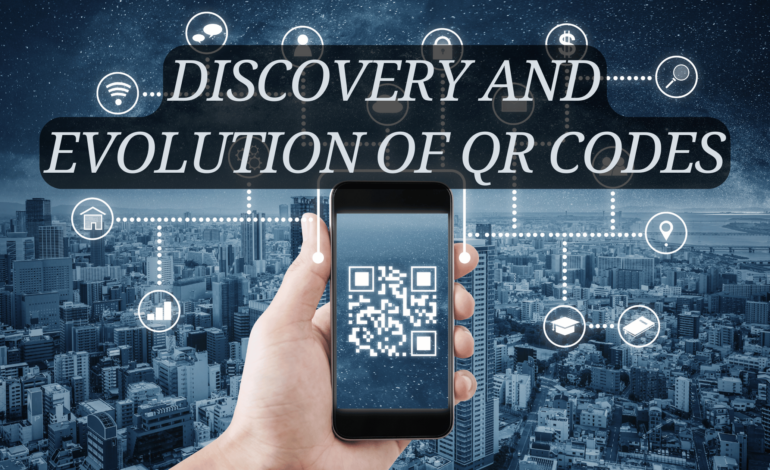
The Discovery and Evolution of QR Codes
Table of Contents
Introduction
In the modern digital age, Quick Response (QR) codes have become a ubiquitous part of our lives. They are used in various applications, from marketing and advertising to product tracking and mobile payments. But have you ever wondered about the origin of these black and white squares? Let’s delve into the fascinating history of QR codes and their discovery.
The Birth of QR Codes
The story of QR codes begins in Japan in the early 1990s. The automotive industry, led by the company Denso Wave, a subsidiary of Toyota, was looking for a solution to track vehicles during the manufacturing process and to speed up component scanning. The traditional barcodes, which were one-dimensional and could only store limited information, were not efficient enough for this task.
In 1994, a team led by Masahiro Hara, a Denso Wave engineer, took on the challenge. They needed to create a code that could be read quickly, hold a significant amount of data, and remain legible even when partially damaged or dirty. After extensive research and development, the team invented the QRcode, a two-dimensional code that could meet all their requirements.
The Evolution of QR Codes
The QR code was a significant improvement over the traditional barcode. It was capable of storing up to 7,089 numeric characters or 4,296 alphanumeric characters, a considerable leap from the 20-character capacity of barcodes. Moreover, QR codes could be read ten times faster than barcodes, making them ideal for the fast-paced automotive industry.
In the late 1990s, Denso Wave decided not to exercise its patent rights, allowing the QR code to be used freely. This decision paved the way for the widespread adoption of QR codes across various industries.
QR Codes in the Digital Age
With the advent of smartphones equipped with cameras and QR code reading apps, the use of QR codes has exploded. They are used in marketing campaigns, linking consumers to websites, social media profiles, or multimedia content. They are also used in ticketing, product labeling, and even in restaurants for contactless menu browsing.
During the COVID-19 pandemic, QR codes have played a crucial role in enabling touchless transactions and interactions, further cementing their place in our daily lives.
Conclusion
From a solution to the automotive industry’s need for efficient tracking, QR codes have come a long way. They have evolved into a versatile tool that bridges the gap between the physical and digital worlds. The discovery of QR codes is a testament to human ingenuity and the power of technology to transform our lives in ways we could never have imagined.





